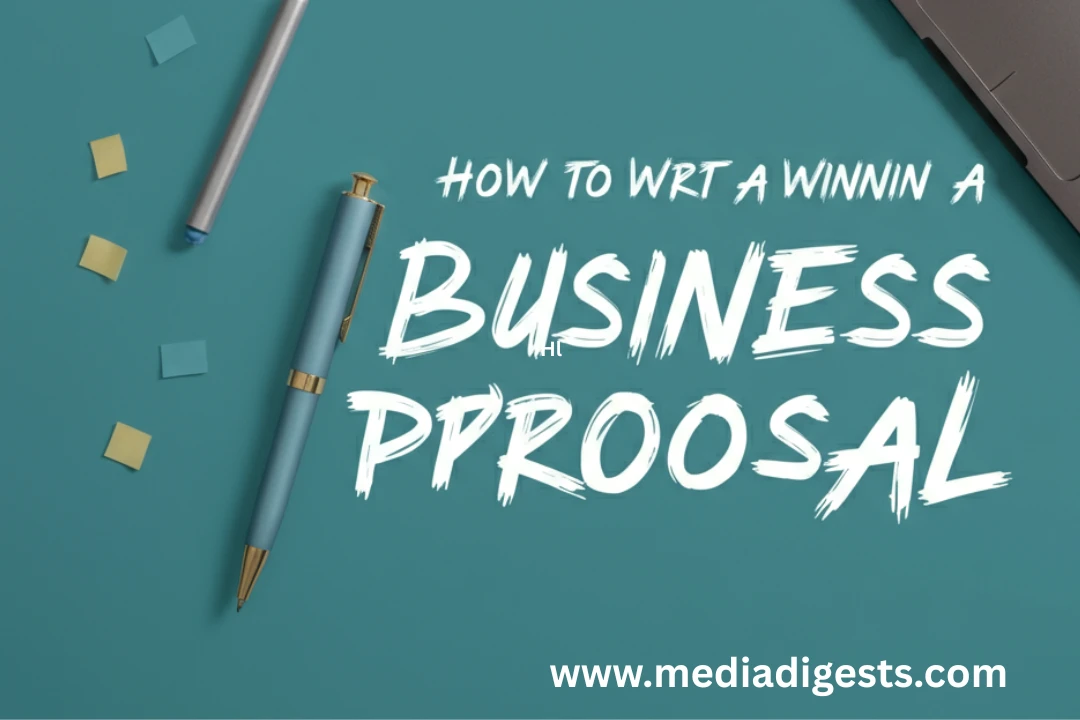Putting together a business proposal isn’t just about submitting figures or outlining deliverables—it’s your chance to make a genuine connection and show a potential client you understand exactly what they need. Whether you’re an entrepreneur, freelancer, or part of a larger agency, knowing how to write a winning business proposal could be the key to unlocking new opportunities and landing long-term partnerships.
Understanding the Client’s Needs
The first—and often the most critical—step in crafting a proposal is really getting to know your client. Every business and project is unique, so resist the urge to recycle old proposals. A personalized approach demonstrates that you care about their goals and want to help them succeed.
Research Thoroughly
Take time to review their website, latest news, or social posts. Try to get a feel for their company culture and business goals. If you’ve already had a few conversations or exchanged emails, revisit those points. Picking up on their pain points and ambitions lets you tailor your business proposal to suit their specific challenges.
Communicate Openly
Ask clarifying questions and listen carefully during initial meetings. Don’t be shy about probing why a project is important to them, what their priorities are, and what outcomes matter most. The more detail you have, the stronger your proposal will be.
Structuring Your Business Proposal
All winning business proposals share one thing in common: they’re easy to follow. A typical document should have a clear structure and highlight the benefits of working with you.
Executive Summary: Open With Impact
A stand-out executive summary quickly conveys your understanding of the client’s challenge and outlines how you will address it. Keep it focused, genuine, and free from fluff so your reader wants to keep going.
Detailing Your Proposed Solution
Here’s where you can really shine—by breaking down the exact service, process, or product you’re offering. Be transparent and lay out what you’ll deliver, your timeline, and how you’ll handle any obstacles.
Timelines and Milestones
Help clients see the path ahead by mapping out key steps and delivery dates. A clear plan not only inspires confidence, it also sets the tone for the whole project.
- Phase 1: Discovery & Strategy: Deep dive into research, goal setting, and stakeholder input.
- Phase 2: Creation & Development: The core work phase—this could be design, building, writing, or consulting.
- Phase 3: Feedback & Launch: Review sessions with the client for tweaks, then project completion and rollout.
- Phase 4: Aftercare & Support: Support, updates, or analysis to make sure everything runs smoothly.
Pricing and Encouraging Next Steps
Money talk doesn’t have to be awkward! Lay out your pricing in a way that’s clear, honest, and fair. Clients appreciate straightforward pricing and knowing exactly what they’re paying for.
- Detailed Quotes: Price each stage or product clearly, avoiding hidden surprises.
- Flexible Packages: Consider offering options, such as basic, standard, or premium, to suit different budgets.
- Payment Terms: Specify due dates, deposit requirements, and accepted payment methods, so there’s no confusion.
Give a Clear Call to Action
Be direct about what happens next. End your business proposal with clear instructions: it could be as simple as signing, replying with questions, or scheduling a call. The easier you make it, the more likely they are to respond.
Supporting Your Proposal
Trust goes a long way in business, so don’t forget to add extras that prove your expertise—think case studies, client testimonials, or quick bios of your team. Real stories and results show prospects you’ve done it before and deliver peace of mind.
Reviewing Before You Hit Send
Details matter—a lot. Before submitting your business proposal, double check names, numbers, and spelling. Read it aloud to catch awkward phrasing or enlist a friend to skim for errors. A sharp, error-free proposal says a lot about your work ethic.
Conclusion: Turning Prospects Into Clients
Learning how to write a winning business proposal is a skill you’ll sharpen with every new draft. By focusing on your client’s needs, communicating your solution clearly, and keeping your document organized, you’ll dramatically increase your chances of making your next business proposal a winner.
For more insights and sample templates to elevate your business proposals, check out this helpful business proposal guide by HubSpot.
Frequently Asked Questions (FAQs)
1. How long should a business proposal be?
Most proposals are between 5 and 10 pages, but quality matters more than length. Stick to the essentials and avoid making it overly complex.
2. Should I include a cover letter with my proposal?
Absolutely—an introductory note adds a personal touch and gives you a chance to express real enthusiasm for the project.
3. What’s the difference between a requested and unsolicited business proposal?
Requested proposals respond to an official invitation like an RFP, while unsolicited proposals are sent without being asked. If yours is unsolicited, make it as relevant and engaging as possible to grab their attention.
4. How and when should I follow up after sending my business proposal?
If you haven’t heard back within a week—or by a date you agreed on—send a gentle reminder by email or phone to check in.
5. Which tools are best for creating a professional business proposal?
Tools like Microsoft Word, Google Docs, and user-friendly online platforms make formatting and collaboration easy. Specialized proposal apps can also help you track views or collect e-signatures.
Related Keywords: business proposal writing, effective business proposals, proposal structure, client needs, business proposal tips, proposal format, proposal best practices
You may also read: Low-cost SEO Tools for Small Businesses

